
Advantages of succession planting
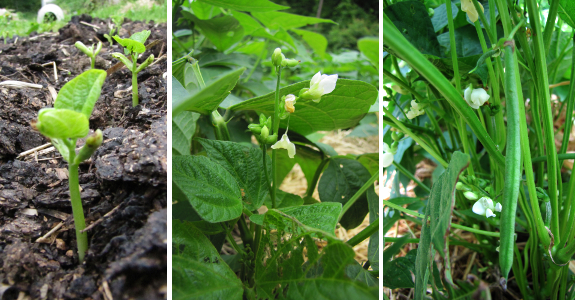
Succession planting will
take you a tiny bit more time (and more mental energy) than throwing in
your garden all at once, but it's worth the extra effort. Here
are the top reasons to succession plant.
As I've mentioned
before, you
can beat bugs and diseases by planning your crops so that you've got a
new bed ready to take over when the first bed succumbs.
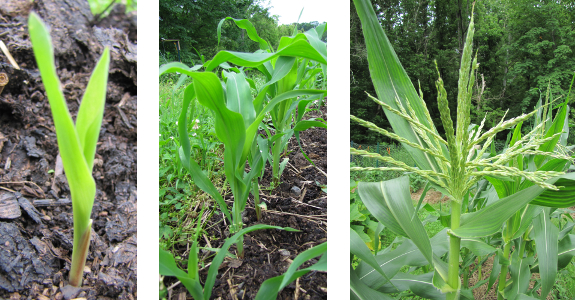
With determinate plants
like sweet corn that bear all at once, succession planting is even more
mandatory. Wouldn't you rather eat corn on the cob throughout the
summer instead of having to deal with one big glut on the fourth of
July?
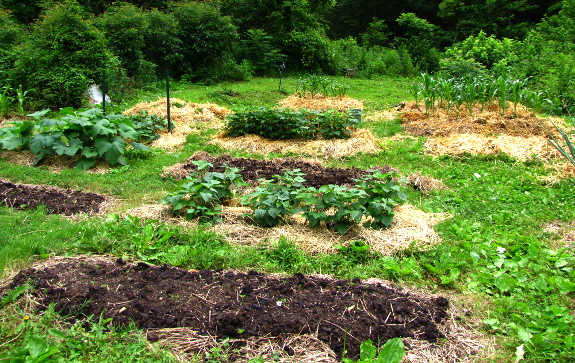
Succession planting
naturally breaks up garden work into bite-size chunks. Nearly
every week between the beginning of February and the middle of October,
I plant something. If I had to do all that work at once, I'd
probably cut back my garden's size by three quarters.
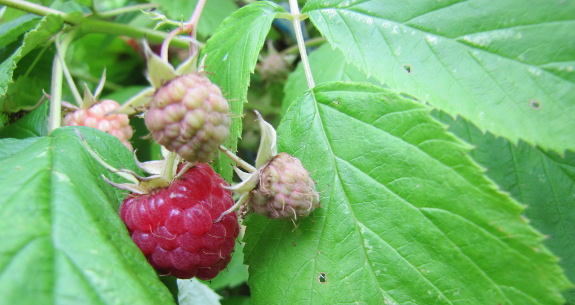
Technically, succession
planting consists of putting in a new bed of the same vegetable at
intervals throughout the growing season, but I take a more holistic
view of the concept. We plan our fruit and vegetable plantings so
that different crops span as much of the year as possible. As
soon as the strawberries end, the red and black raspberries are
bearing, then the blackberries, and so on. If you're a real pro,
you can plan your garden so that you've only got a glut of one type of
food that needs to be processed for the winter at a time, but I'm not
quite that good.
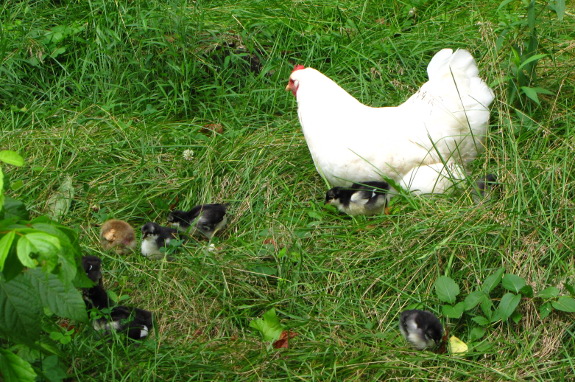
This year I even
"succession planted" our chickens. Rather than raising one big
batch of broilers and then spending all week butchering them, we've
started three smaller broods (and might incubate one more set of eggs
in July.) I'm still on the fence about whether this succession of
chickens saves work, but it does help our pastures stay green.
If you're sold on
succession planting, chances are you've still got an opportunity in
2011 to put the idea into practice. Here in zone 6, there's a lot
more succession planting of summer crops ahead and the fall garden is
also going into the ground in stages. Take a look at our summer
planting and fall
planting charts to
find out what you can plant in your neck of the woods.
Want more in-depth information? Browse through our books.
Or explore more posts by date or by subject.
About us: Anna Hess and Mark Hamilton spent over a decade living self-sufficiently in the mountains of Virginia before moving north to start over from scratch in the foothills of Ohio. They've experimented with permaculture, no-till gardening, trailersteading, home-based microbusinesses and much more, writing about their adventures in both blogs and books.
Want to be notified when new comments are posted on this page? Click on the RSS button after you add a comment to subscribe to the comment feed, or simply check the box beside "email replies to me" while writing your comment.
- Remove comment
- Remove comment
